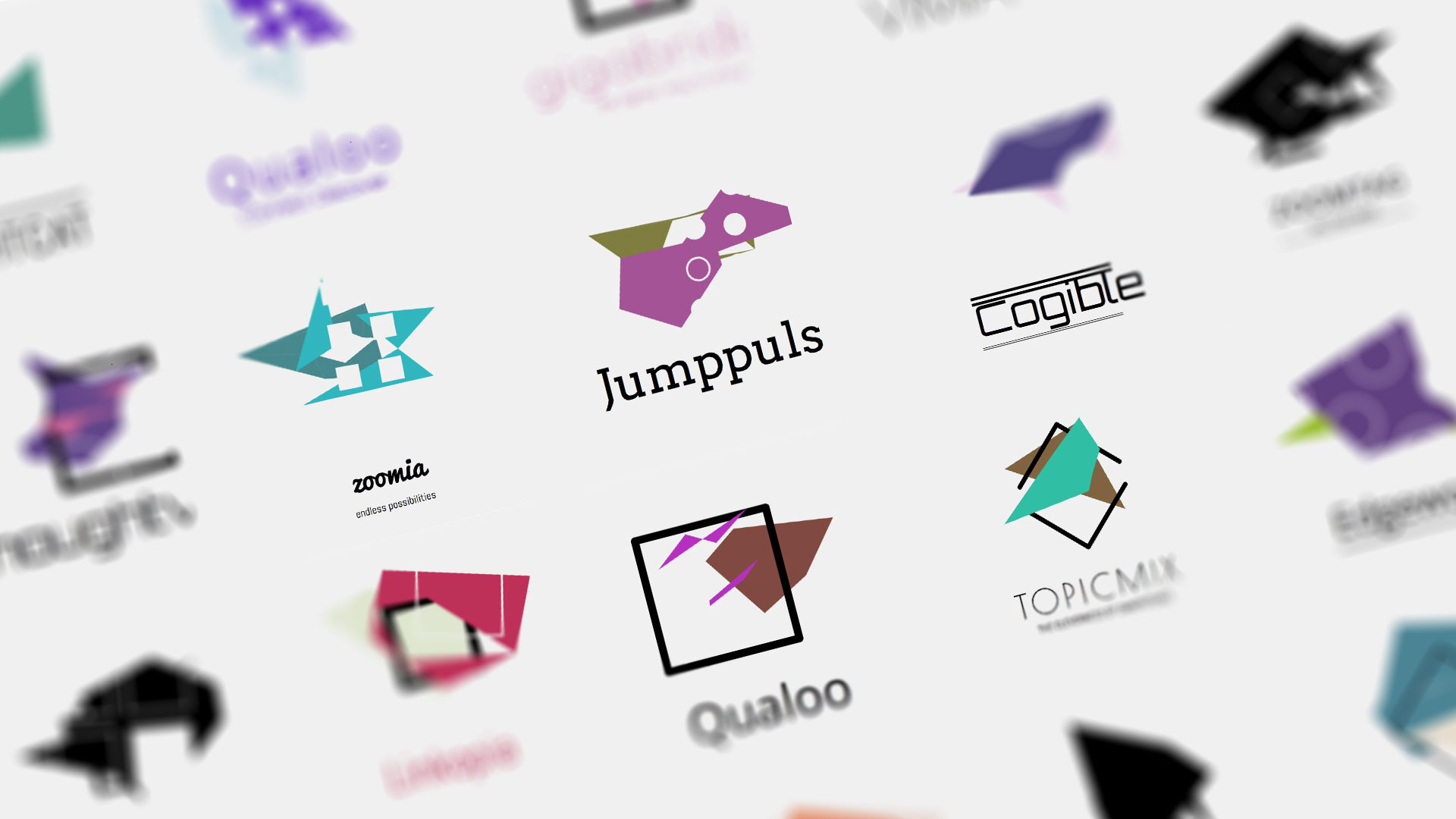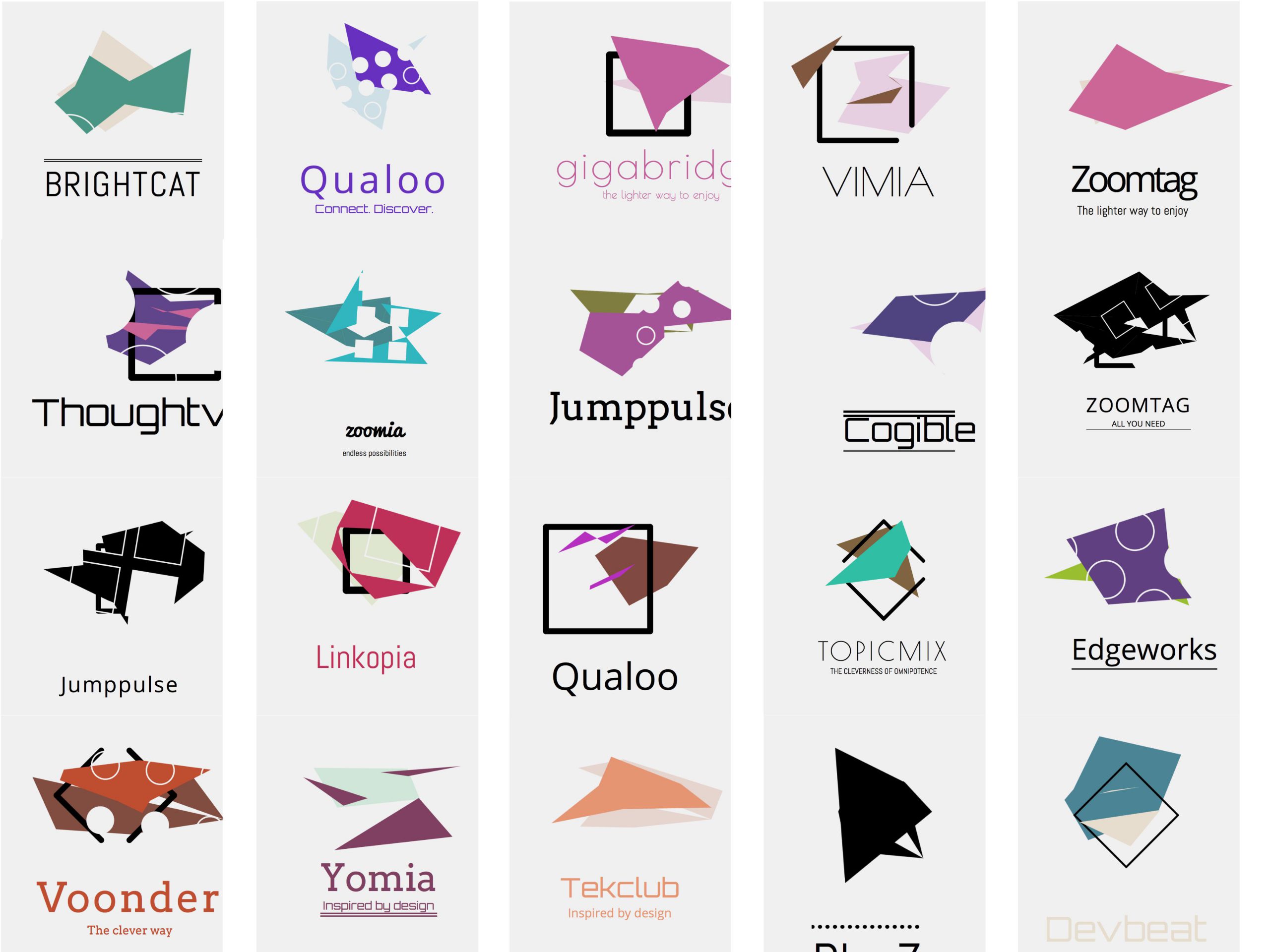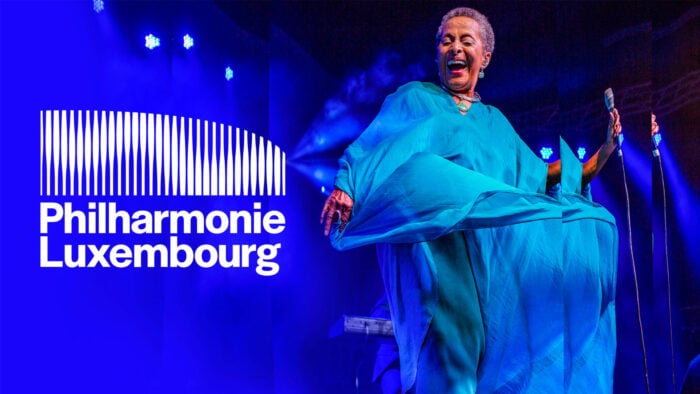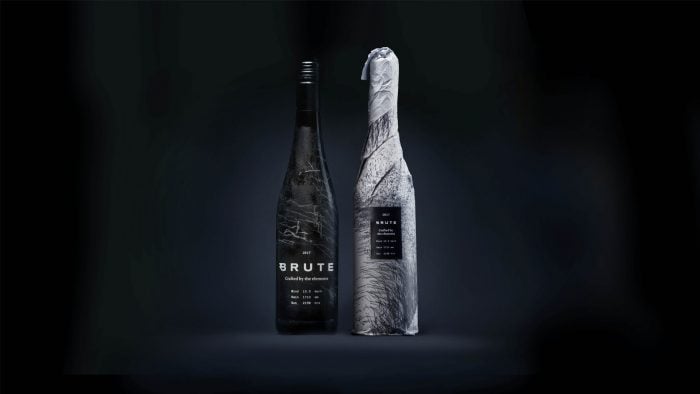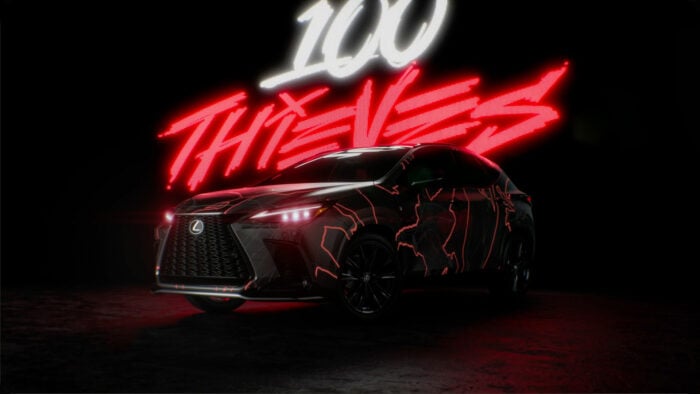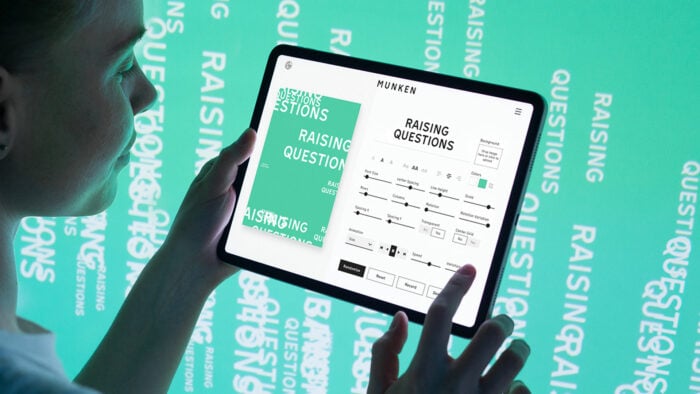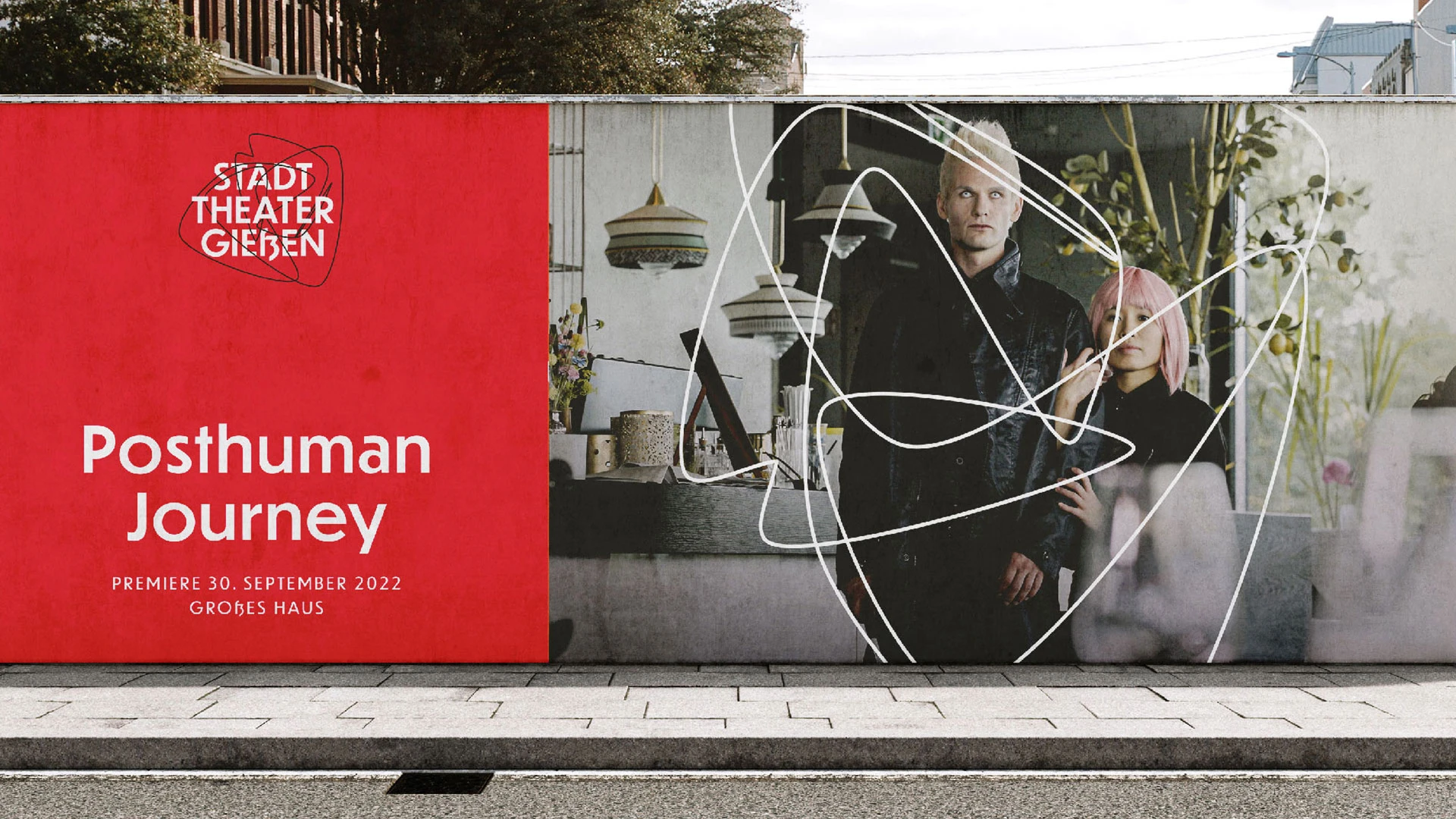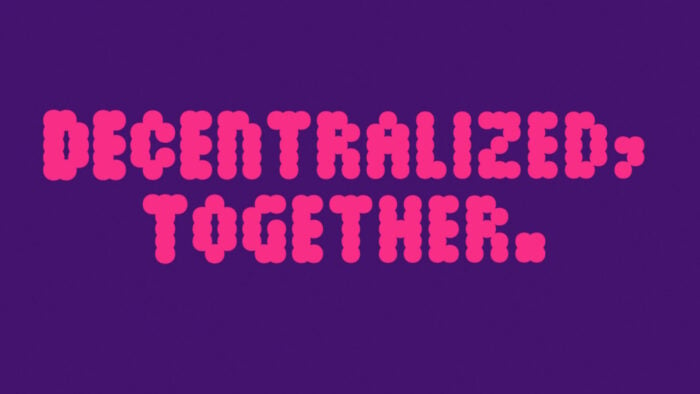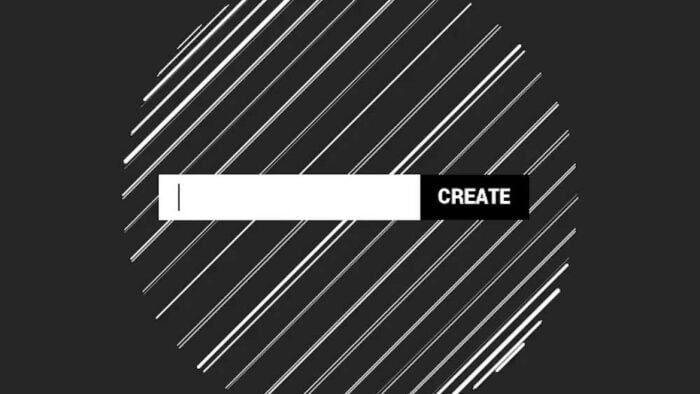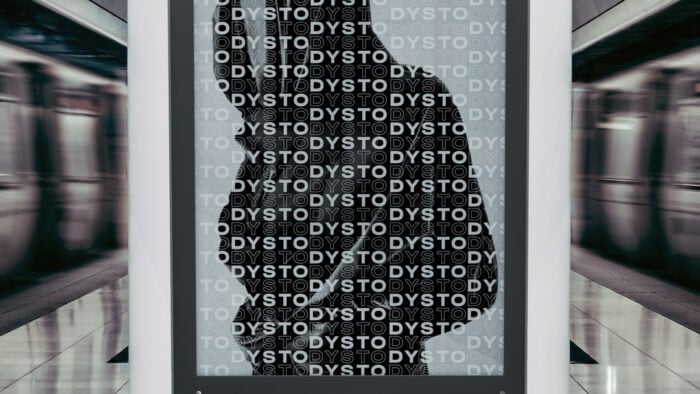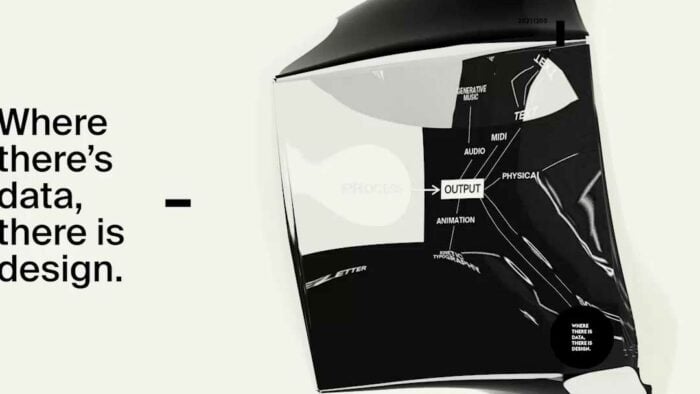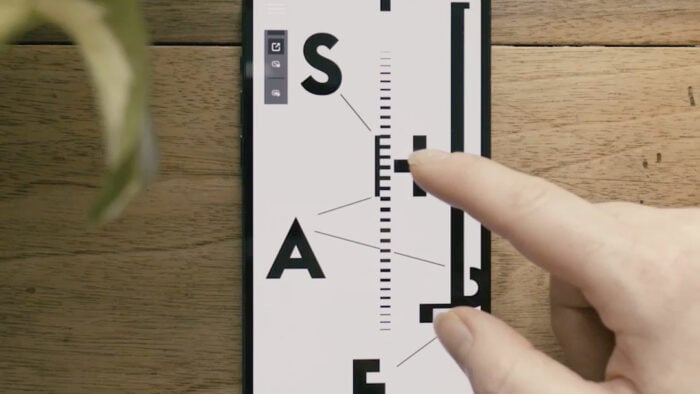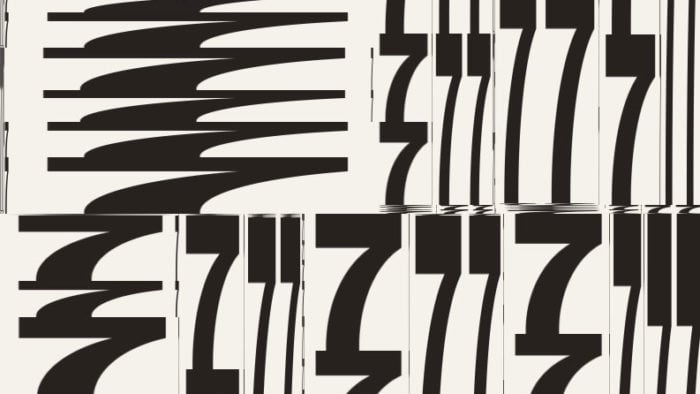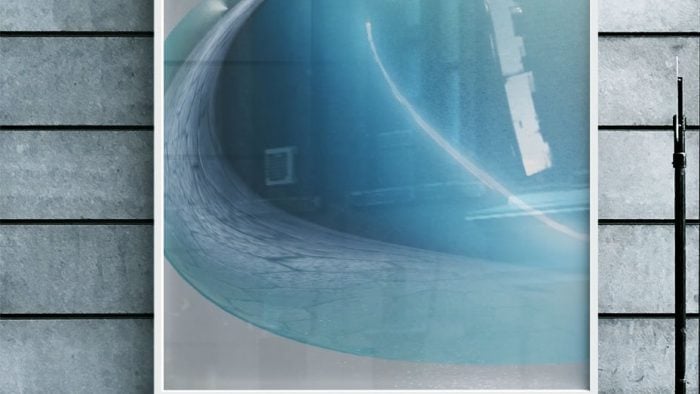I use cookies on this website to learn more about how you use this site and what content you find most engaging. Understanding this is a powerful tool to help me optimize the flow of the site and create even more relevant content. If you want to help out, do enable cookies. But feel free to turn them off – you're welcome here no matter what :)
Cookie information is stored in your browser and performs functions such as recognising you when you return to this website, what content you find most interesting and how you flow through the site.
